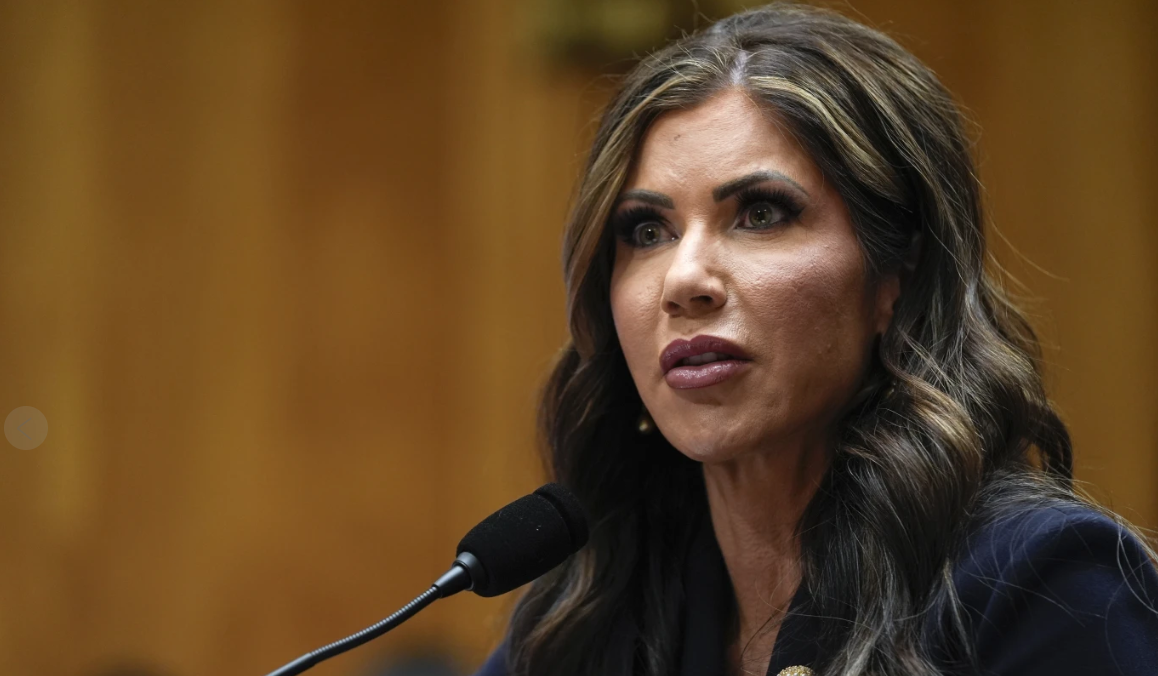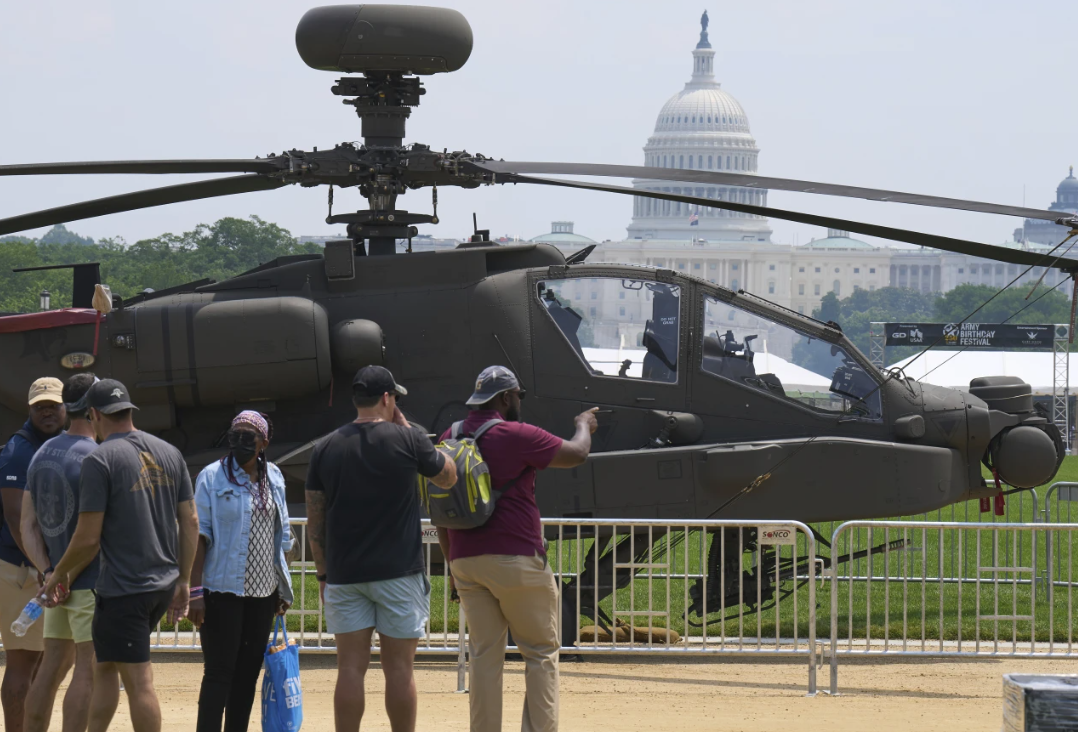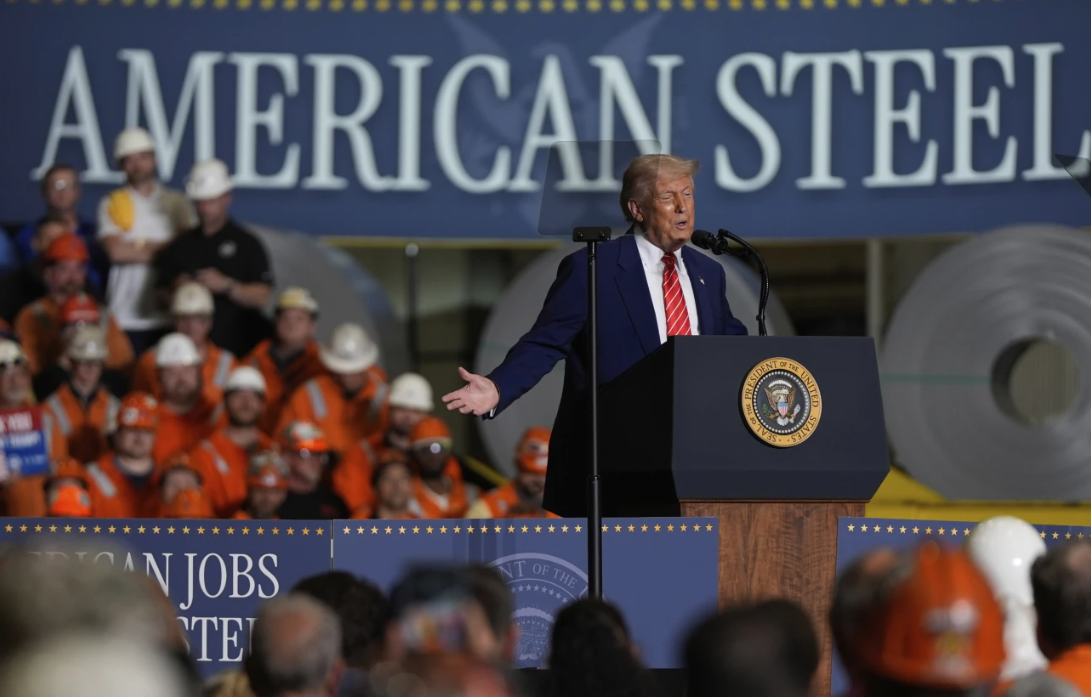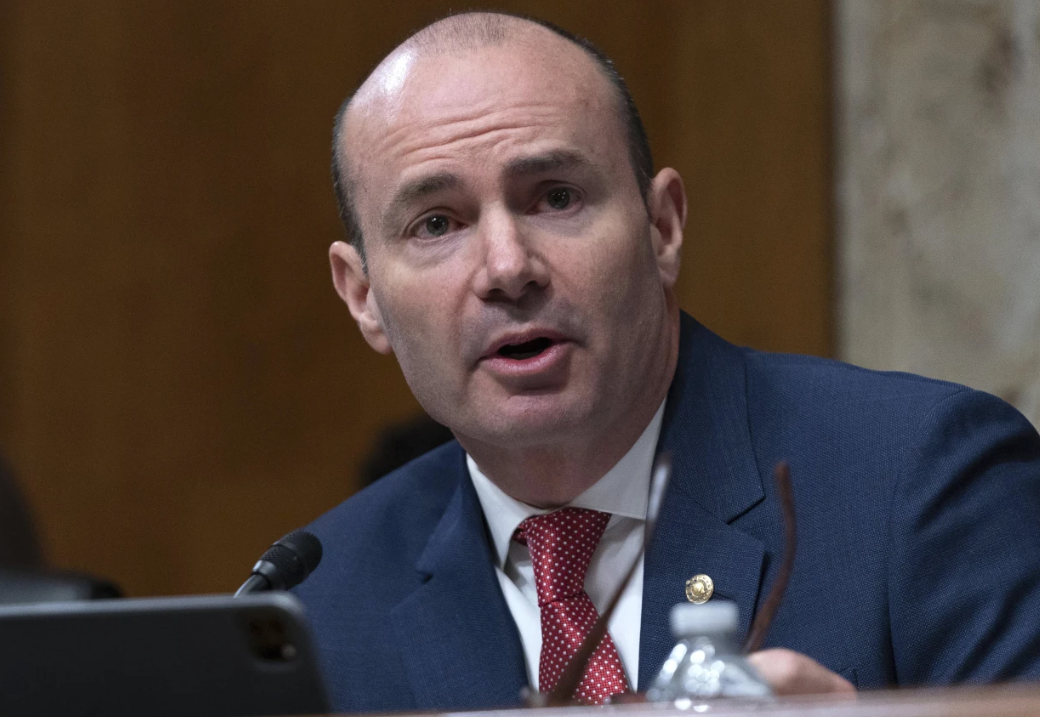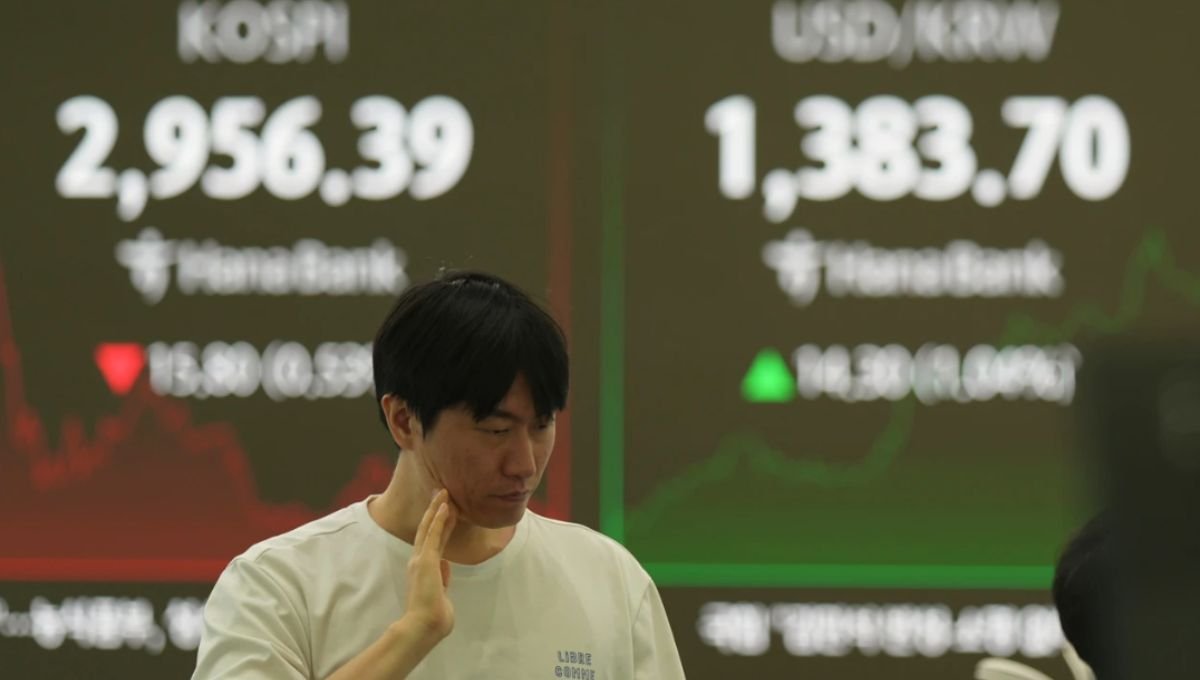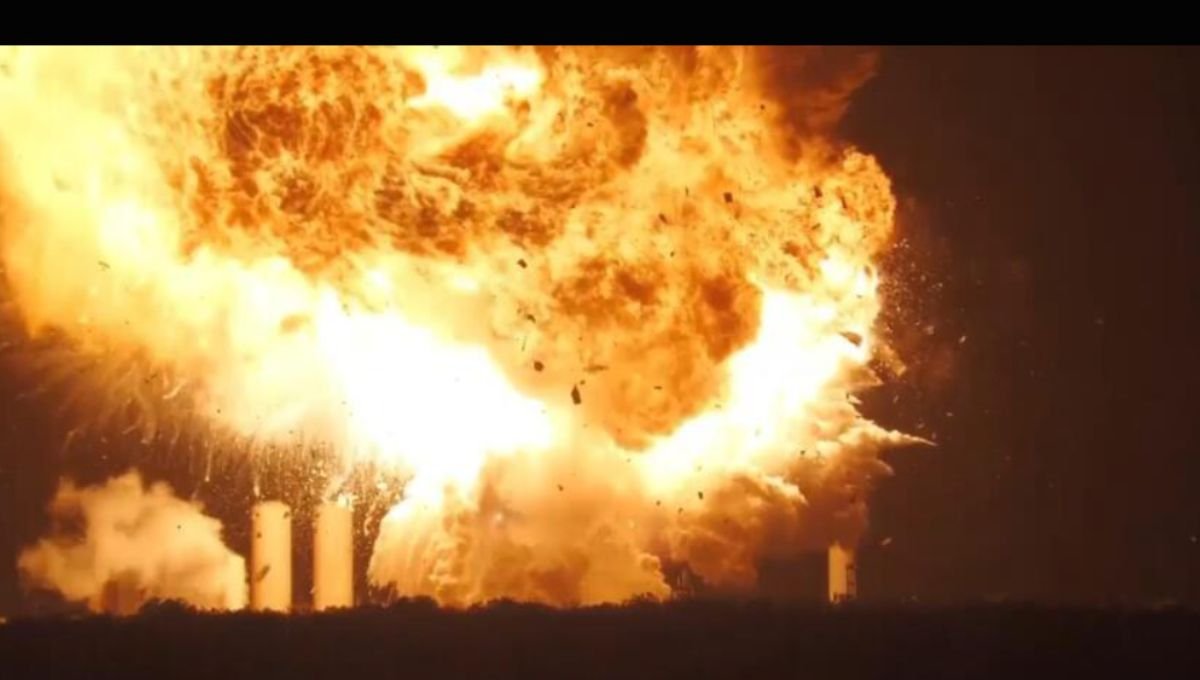The Senate is moving towards a vote to confirm South Dakota Governor Kristi Noem as the Secretary of Homeland Security. If confirmed, she will oversee a vast agency crucial to national security and play a key role in President Donald Trump’s plans to curb illegal immigration.
Republicans are pushing hard for Noem’s confirmation, even threatening to keep the Senate in session over the weekend to approve Trump’s national security appointments. Defense Secretary Pete Hegseth was confirmed on Friday, and both Secretary of State Marco Rubio and CIA Director John Ratcliffe are already in their positions.
Noem, a close ally of Trump and serving her second term as governor, has garnered some support from Democrats on the Senate Homeland Security Committee, where her nomination passed with a 13-2 vote earlier this week. Republicans, who already have enough votes to confirm her, are confident in her leadership abilities, especially in border security and immigration enforcement.
Senate Majority Leader John Thune, a fellow Republican from South Dakota, emphasized on Friday that addressing the current crisis and reinstating respect for the rule of law are top priorities for President Trump and the Republicans. He stated that achieving this will require a strong and dedicated leader at the Department of Homeland Security, and he believes Kristi Noem has the necessary qualities to take on this challenge.
Kristi Noem will be in charge of overseeing key agencies such as U.S. Customs and Border Protection, Immigration and Customs Enforcement, and Citizenship and Immigration Services. The Department of Homeland Security, which she will lead, is also responsible for securing airline travel, safeguarding dignitaries, managing responses to natural disasters, and more.
President Trump has plans for significant changes within the department, including involving the military in immigration enforcement and restructuring the Federal Emergency Management Agency (FEMA). These changes could quickly put Noem in the spotlight, especially after President Trump’s recent visits to disaster areas in North Carolina and California.
During her confirmation hearing, Kristi Noem was asked multiple times by Democratic senators if she would provide disaster aid to states even if President Trump directed her not to. Noem refrained from saying she would defy the president but assured the committee that she would administer programs in accordance with the law, without political bias.
Noem will step into a role that proved highly challenging during the first Trump administration, where six different people held the position of Homeland Security Secretary in just four years.
A former U.S. House representative for South Dakota and now the state’s governor, Noem has gained prominence in the GOP by aligning herself closely with Trump. At one point, she was even considered as a potential vice-presidential candidate. However, her political standing briefly faltered when she published a book that included a controversial story about accidentally killing her hunting dog and a false claim about meeting North Korean leader Kim Jong Un.
Kristi Noem will now be tasked with addressing President Trump’s priority issue of border security. Trump’s goal of deporting millions of undocumented immigrants may present a challenge for Noem, given her experience governing a rural state and her background on a farm. In South Dakota, many migrants, some without permanent legal status, play a crucial role in labor-intensive industries such as agriculture and construction.
Noem has committed to carrying out Trump’s directives and has echoed his rhetoric of an “invasion” at the U.S.-Mexico border.
As governor, Noem joined other Republican governors in sending National Guard troops to Texas to support Operation Lone Star, which aimed to deter migrants. Her decision drew criticism, especially after she accepted a $1 million donation from a Tennessee billionaire to help cover some of the deployment costs.
Noem defended her choice, stating that she deployed the National Guard troops because of what she described as an “invasion,” calling the border region a “war zone.”
